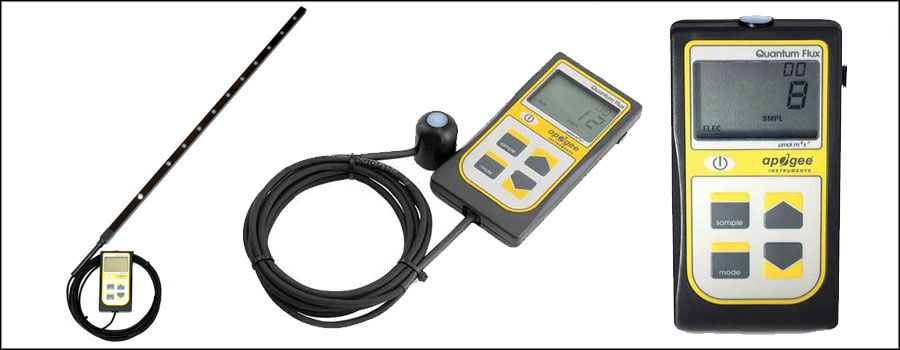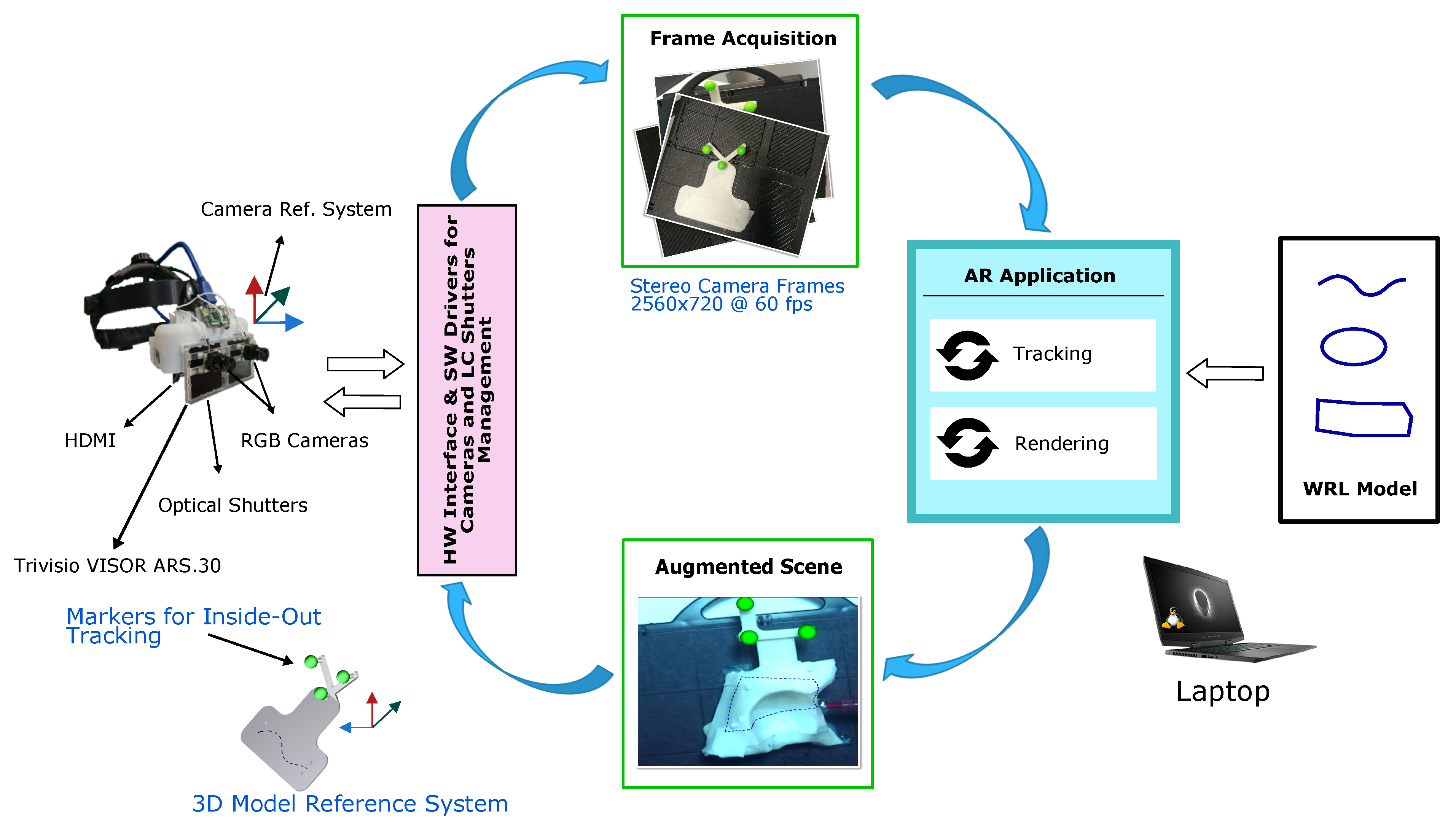Introduction
The world of quantum physics has always been shrouded in mystery and intrigue. From the wave-particle duality of electrons to the mind-bending concept of entanglement, quantum mechanics has challenged our understanding of the fundamental laws of the universe. However, quantum physics is not just confined to the realm of theoretical physics; it is making its way into practical applications that have the potential to transform various industries. One such area where quantum physics is making a significant impact is agriculture.
In recent years, quantum sensors have emerged as a cutting-edge technology that holds immense promise for revolutionizing agriculture. These sensors harness the principles of quantum mechanics to provide precise and real-time data, enabling farmers to make informed decisions that can improve crop yields, reduce waste, and promote sustainable farming practices. In this blog post, we will delve into the world of quantum sensors in agriculture, exploring their working principles, applications, and the transformative impact they are having on the agricultural landscape.
The Quantum Advantage
Before we dive into the specifics of quantum sensors in agriculture, it’s essential to understand the unique advantages that quantum technology brings to the table. Quantum sensors leverage the principles of superposition and entanglement, allowing them to perform certain tasks with unparalleled precision and sensitivity. Here are some key advantages of quantum sensors:
Sensitivity: Quantum sensors are incredibly sensitive to changes in physical properties like magnetic fields, temperature, and light. This heightened sensitivity enables them to detect even subtle variations, making them ideal for monitoring agricultural conditions.
Precision: Quantum sensors can measure quantities with exceptional precision, surpassing the capabilities of classical sensors. This precision is crucial in agriculture, where small adjustments can have a significant impact on crop health and yield.
Non-Invasive: Quantum sensors often work without direct contact with the object being measured. This non-invasive nature is beneficial in agriculture, as it minimizes the risk of damaging crops or soil.
Real-Time Data: Quantum sensors can provide real-time data, allowing farmers to monitor conditions and make timely decisions to optimize crop growth and resource utilization.
Now that we’ve highlighted the advantages of quantum sensors, let’s explore their applications in agriculture.
Applications of Quantum Sensors in Agriculture
Soil Health Monitoring
One of the critical factors in agriculture is the health of the soil. Quantum sensors can measure soil properties such as moisture content, pH levels, and nutrient concentrations with unmatched precision. By continuously monitoring these parameters, farmers can ensure that the soil conditions are ideal for their crops, resulting in better yields and resource conservation.
Pest Detection
Pests can wreak havoc on crops, leading to significant losses for farmers. Quantum sensors can detect the subtle electromagnetic signals emitted by pests as they approach crops. This early detection allows farmers to take proactive measures to prevent infestations, reducing the need for chemical pesticides and promoting eco-friendly farming practices.
Precision Agriculture
Precision agriculture is a farming approach that involves tailoring farming practices to specific areas within a field based on their unique requirements. Quantum sensors play a crucial role in precision agriculture by providing detailed data on soil composition, moisture levels, and crop health. This information allows farmers to optimize irrigation, fertilization, and planting practices, resulting in higher crop yields and resource efficiency.
Crop Stress Monitoring
Plants can experience various forms of stress, such as heat stress, drought stress, or nutrient deficiency. Quantum sensors can detect subtle changes in environmental conditions and plant physiology that indicate stress. Farmers can then intervene promptly by adjusting irrigation, providing nutrients, or implementing shading techniques to protect their crops.
The Future of Agriculture: Quantum-Powered Farming
As quantum sensors continue to advance, their applications in agriculture are poised to expand even further. The integration of quantum technology into farming practices holds the promise of a more sustainable and productive future for agriculture. Here are some potential developments we can expect to see in the coming years:
Quantum Drones
Quantum sensors can be integrated into drones, allowing for high-resolution, real-time data collection over large agricultural areas. These quantum-powered drones can monitor crop health, identify pest infestations, and assess soil conditions, all while providing farmers with instant insights through data analytics.
Climate Resilience
Climate change poses a significant challenge to agriculture, with increasingly unpredictable weather patterns and extreme events. Quantum sensors can contribute to climate resilience by providing precise weather forecasts and helping farmers adapt their practices to changing conditions. This technology can also aid in the development of drought-resistant crop varieties through advanced genetic analysis.
Sustainable Resource Management
Quantum sensors can assist in the efficient use of resources such as water and fertilizer. By continuously monitoring soil moisture levels and nutrient concentrations, farmers can implement precise irrigation and fertilization strategies, reducing waste and environmental impact.
Disease Management
Plant diseases can devastate crops, leading to substantial economic losses. Quantum sensors can aid in disease management by detecting early signs of infection through subtle changes in plant physiology. This enables farmers to take preventive measures, reducing the need for chemical treatments.
Conclusion
The integration of quantum sensors into agriculture represents a significant leap forward in farming technology. These sensors, leveraging the strange and counterintuitive principles of quantum physics, are enabling farmers to monitor and manage their crops with unprecedented precision and efficiency. From soil health monitoring to pest detection and precision agriculture, quantum sensors are transforming every facet of modern farming.
As the technology continues to advance, we can expect even more innovative applications and solutions to emerge, helping farmers meet the challenges of a changing climate and a growing global population. Quantum-powered farming holds the promise of a more sustainable, resilient, and productive future for agriculture, ensuring that we can continue to feed the world while minimizing the environmental impact of food production.
In a world where the intersection of quantum physics and agriculture may have seemed unlikely, quantum sensors are proving that the quantum leap in technology can benefit us in ways we never imagined. The future of farming is indeed quantum-powered, and it’s an exciting journey to witness.
In this blog post, we’ve explored the fascinating world of quantum sensors in agriculture, showcasing their working principles, applications, and the transformative impact they are having on the agricultural landscape. From soil health monitoring to pest detection and precision agriculture, quantum sensors are ushering in a new era of sustainable and efficient farming practices, promising a brighter future for agriculture and food production.






